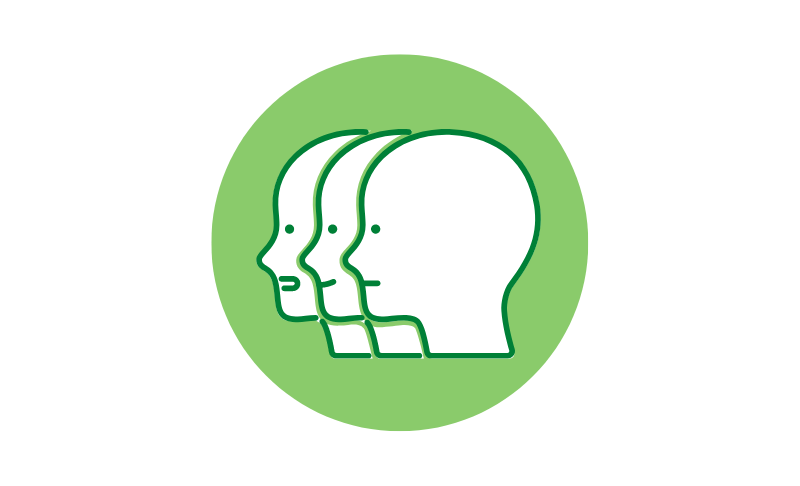Dissociative

What is Dissociative?
Dissociative disorder is a condition in which a person has interpersonal problems and social and occupational difficulties due to stress, attachment to childhood caregivers, and emotional trauma.
It is also known as hysteria, which many of you may be familiar with. It was once thought to occur only in women, but it is a disease that can affect both men and women.
The main characteristic of this disorder is that it is difficult to be aware of, and it can coexist with depression and anxiety disorders. There are many different types of dissociative disorders, so we will only pick out the major ones here.
Dissociative Identity Disorder
It is a condition in which you have more than one personality within you. Many people have heard of multiple personalities.
There are many examples of people having 2~10 personalities at a time, but there are also cases where people have had over 100 personalities. Another personality can change age, gender, attitude, and even habits. People around them may think they are liars, but it does not cause major social problems.
Depersonalization Disorder
It is a condition in which a person feels that his or her body does not belong to him or her and that he or she loses a sense of reality. Symptoms include a lack of sensation when touched, or a lack of voice even if the person thinks he or she is talking. There is a lack of emotion, and even when he or she is doing something, there is no sense of doing it.
If you think you are Dissociative..
Dissociative disorders are difficult to be aware of. Therefore, if people around you notice it, please take the initiative to tell him or her. When the patient goes to the hospital, the diagnosis is based on general tests such as blood tests and MRI scans. Initial treatment is based on a trusting and reassuring relationship first. Support from those around you during treatment is also important. For long-term recovery, get treatment as early as possible.


